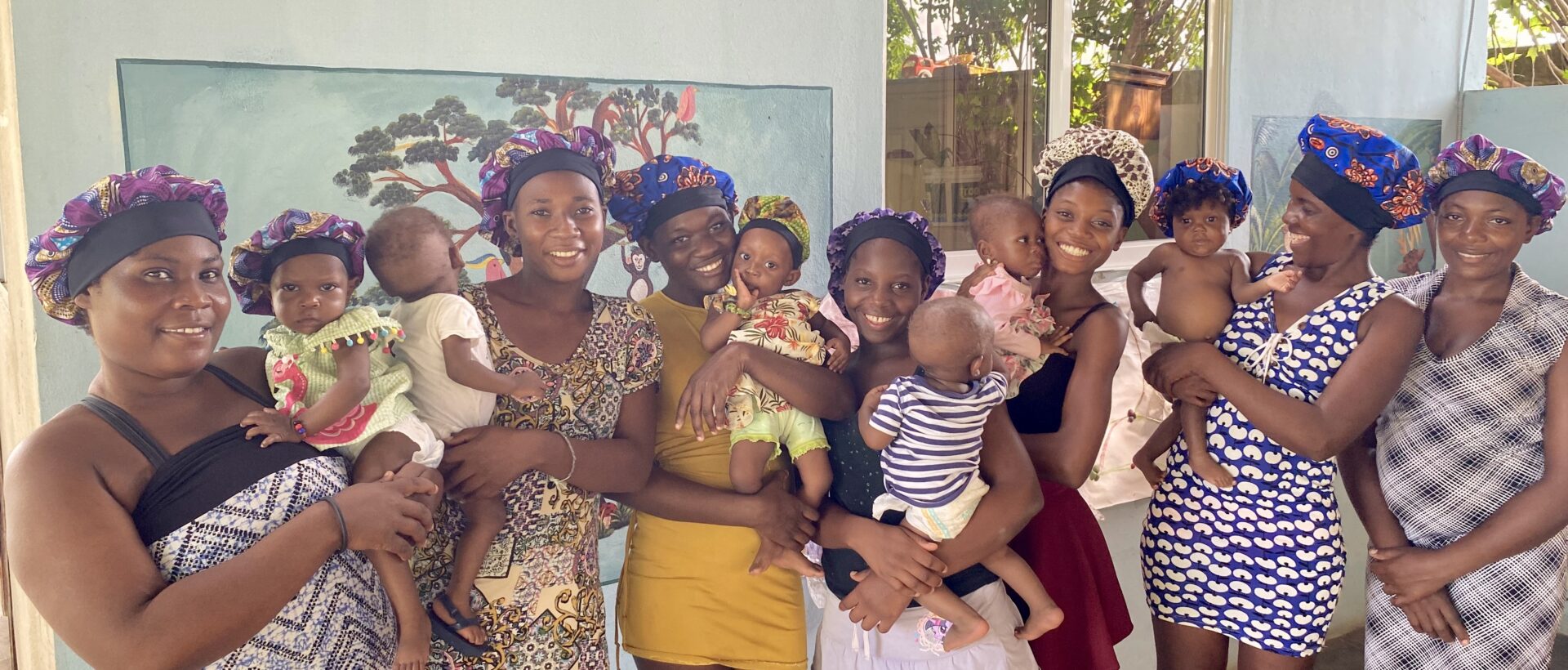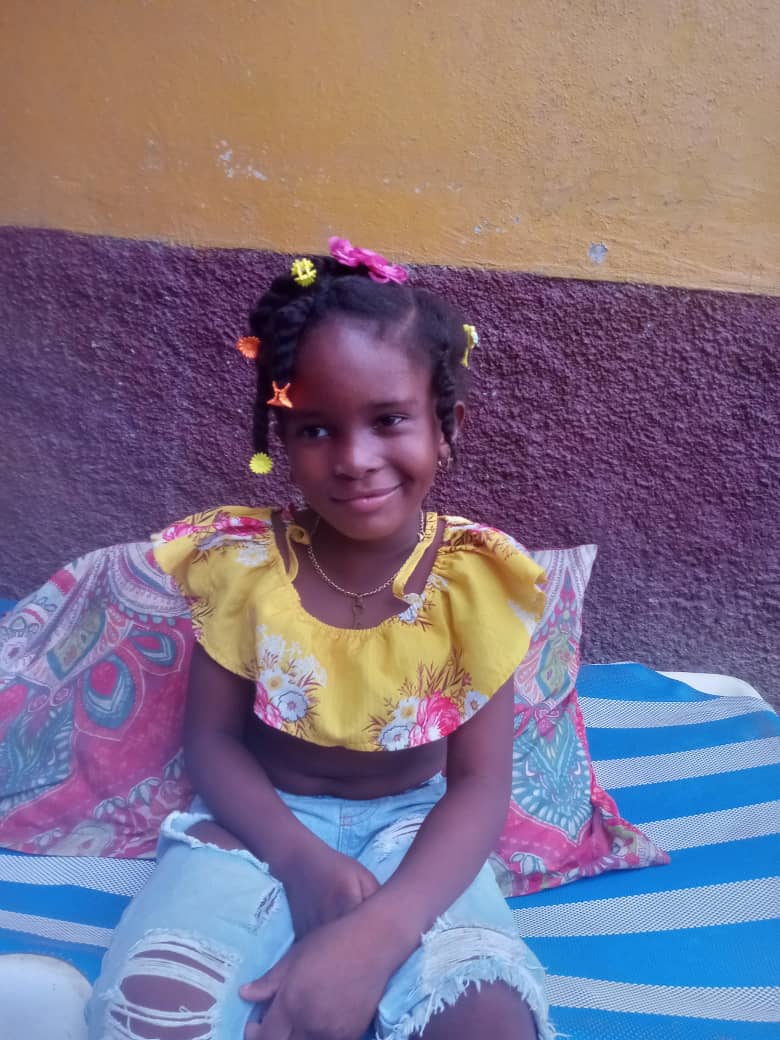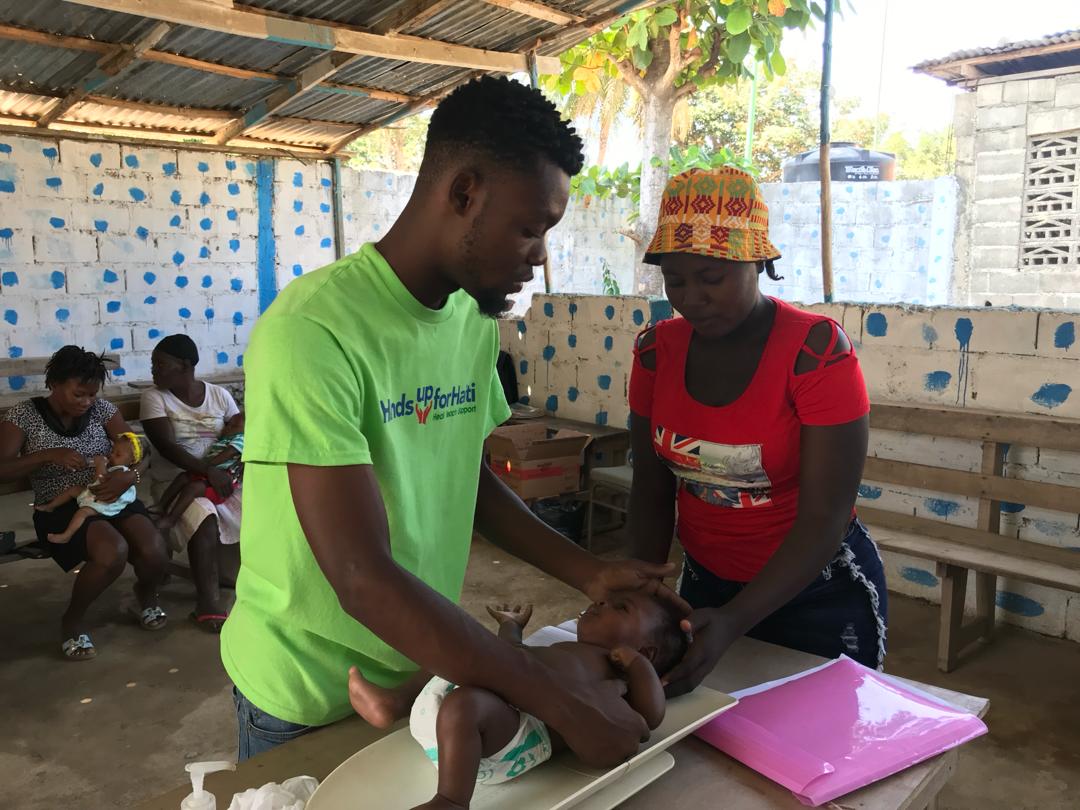by Mary Ann LoFrumento MD
It had been raining for days in Cap Haitien and the city and surrounding areas were suffering from serious flooding. The community of Shada, one of the worst slum areas of the city, was particularly hard hit. Many families who live in poorly built huts by the river lost all of their belongings; some lost their homes. Most tragically, three children were killed and their mother injured when flood waters crushed the wall of their home while they were sleeping. There were fears of a new cholera outbreak due to the contaminated water and lack of sanitation in the area. Things were so bad that it even prompted a visit from the President of Haiti, Michael Martelly, who arrived with government relief trucks of clean water and food.

Shada area immediately after the floods.
Our pediatric team had been in Cap Haitien for most of this rain that never seemed to take a break. It had finally stopped raining and the floodwaters were receding from the city and the countryside. We were working on a plan for our team when I had a call from Miguel Ange, the administrator of our HUFH clinic in Shada. The clinic had been badly flooded by the river.
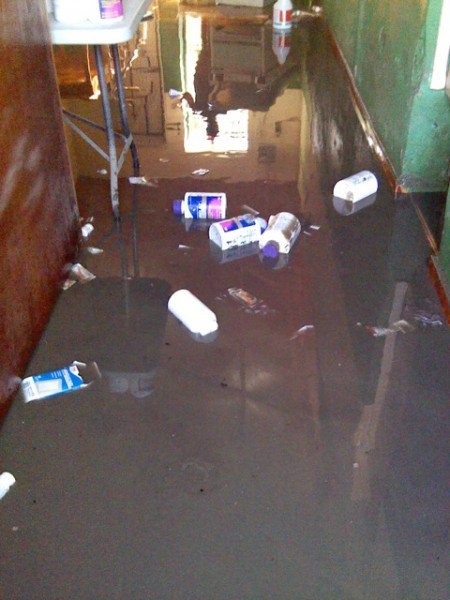
Some of our lost medications
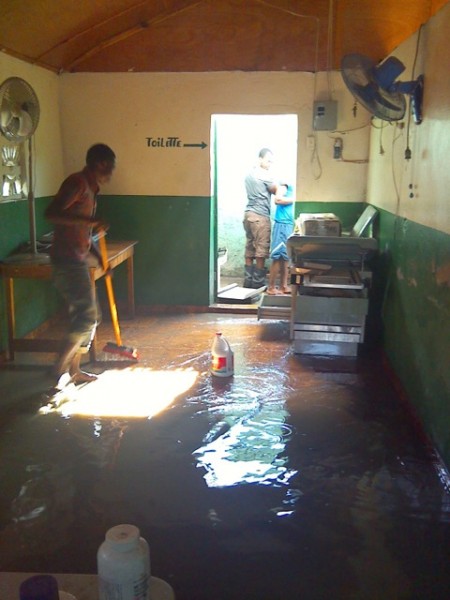
Photos of the HUFH clinic in Shada taken by Miguel Ange, right after the flood
The HUFH clinic in Shada provides the only medical care for the people who live in the poorest slums of Cap Haitien. Hands Up for Haiti renovated the clinic building in 2011 and patients are seen two to three days a week by the clinic staff. It is also the location of our malnutrition program for both pregnant women and for children identified as severely malnourished who are treated with a peanut based supplement called Medika Mamba, supplied by our partner Medicine and Food for Kids. Every HUFH team that visits Cap Haitien holds a clinic there, seeing 60-80 children. This had been the plan for our team as well.
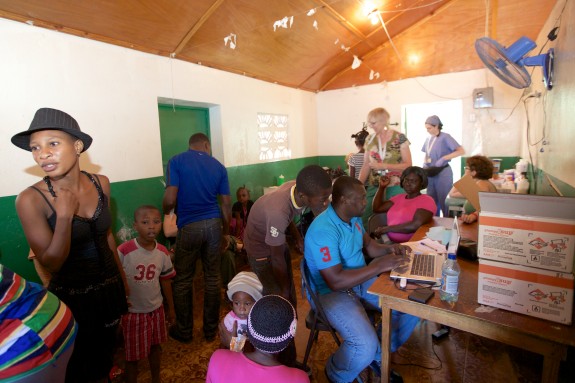
During a previous HUFH team visit to Shada clinic.
I needed to go and investigate the damage. But we had to wait a few days as it was not safe to go there until the waters receded and the government and UN peacekeepers had provided some emergency supplies. Nurse Judy McAvoy and I planned to go with our Haitian staff and report back, but the team voted to go with us. We ventured into a nightmare of muddy streets piled with the destroyed belongings of families who had lost everything in this devastation. Mattresses and clothing were hanging to dry everywhere, yet a few children still kicked a battered soccer ball around the boulevard.
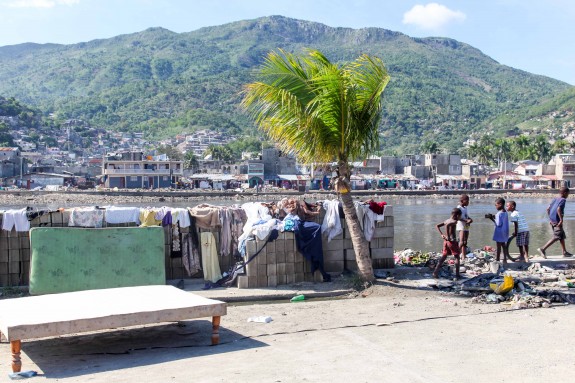
Saving what could be saved.
I entered the back room in the Shada clinic with Administrator Miguel Ange. I looked at the walls, paint peeling off, and saw the marks where the water level had risen four feet into the building. The shelves in the pharmacy were empty except for the top two shelves. Medications and medical supplies were lost, as well as a supply of the Medika Mamba. Equipment was damaged. Some of the paper records were too wet to save. Out of sight of my team, I felt tears come into my eyes as I surveyed all the damage.
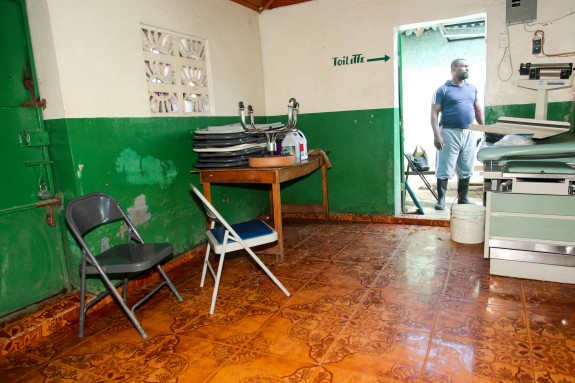
Miguel Ange shows me the clinic after a day of cleaning.
Miguel Ange is a proud and resilient man. He has been running the Shada clinic for Hands Up for Haiti for three years now. He had just been working all day to clean out the water in the clinic that had surged over the banks of the “boulevard” after days of unrelenting rains pounded the city of Cap Haitien. When he saw I was upset, he put his hand on my shoulder and simply said, “Don’t worry, Dokte Mary Ann, we will fix everything.” The strength and resilience of the Haitien people cannot be overestimated. I nodded and said, “HUFH will help you.” Before heading out, I gave him some emergency funds for the immediate clean up, and told him HUFH would help to rebuild the clinic better and stronger.
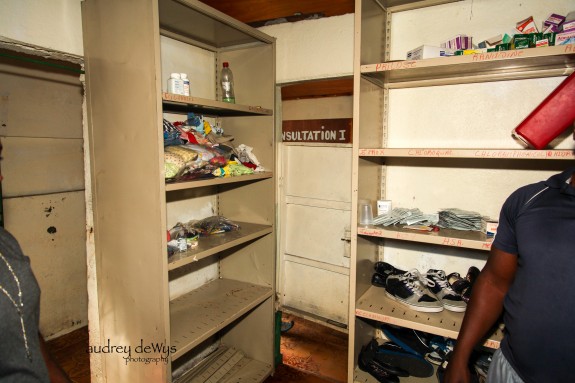
Drying out what we could.
The team was a bit shaken by what they had seen. The poverty of Shada can be overwhelming, although things had been improving with the USAID project a few years ago to build a boulevard to replace the fields of muddy sewage that had been there before. A swing set and park area had been created. Now that swing set was battered and broken.
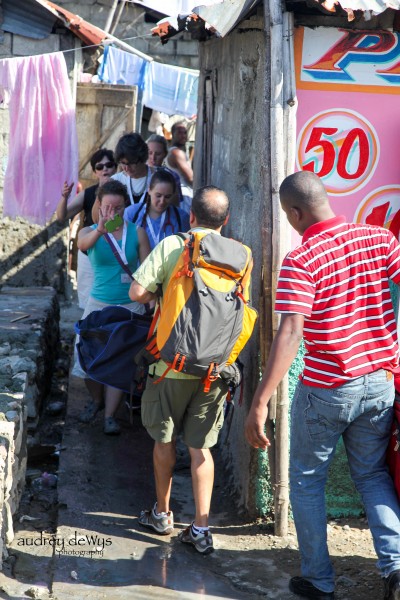
The team leaves Shada.
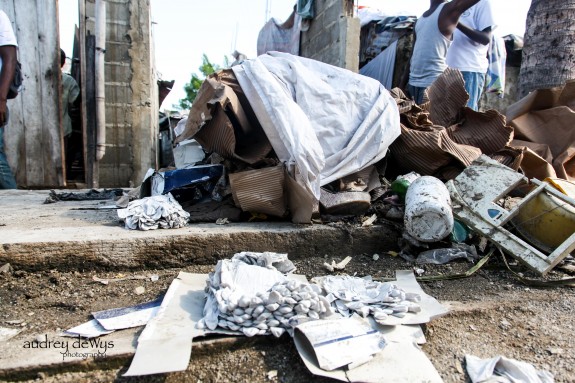
Some of our lost medical supplies.
Sometimes, working in Haiti can break your heart. It is a country filled with proud people who want to better their lives, despite forces that are often beyond their control. In Global Health work, we can make progress, but we also suffer setbacks. It is one of the lessons the team learned during this challenging week. For me personally, it was hard to see our little clinic in such bad shape, but I was heartened by Miguel Ange’s resolve to repair it. I knew our teams would return to Shada, but now the focus was on this team and where we could work during the rest of our week.
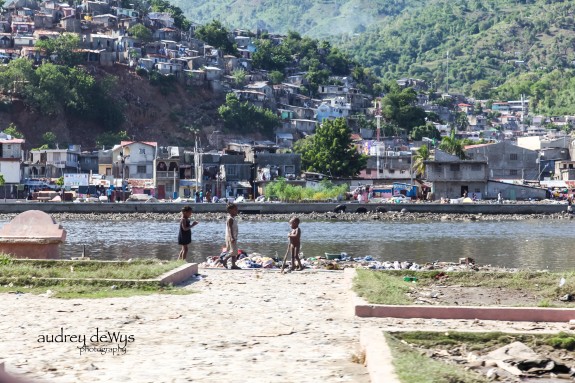
Children play near the river in Shada.
SHADA UPDATE: A few weeks later, the reports from the clinic are that the walls have been repainted and new shelves built. The tile floor and roof were in good shape. Some of the equipment could still be used. And Medicine and Food for Kids was working with HUFH to do the needed repairs. HUFH is looking into obtaining secure cases to hold supplies and protect them from water damage. Structural changes for the building might help secure the walls and doors from future floods. The doctors are back seeing patients and the malnutrition program is up and running again. If you wish to make a contribution for the “Make Shada Stronger” campaign CLICK HERE and select Shada


